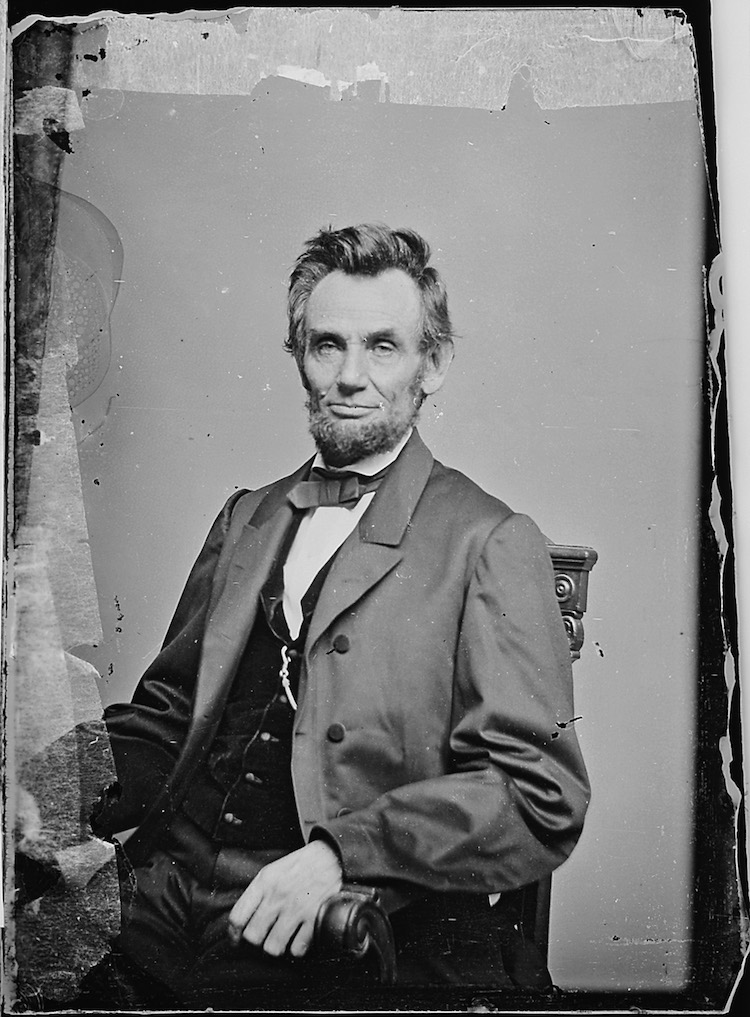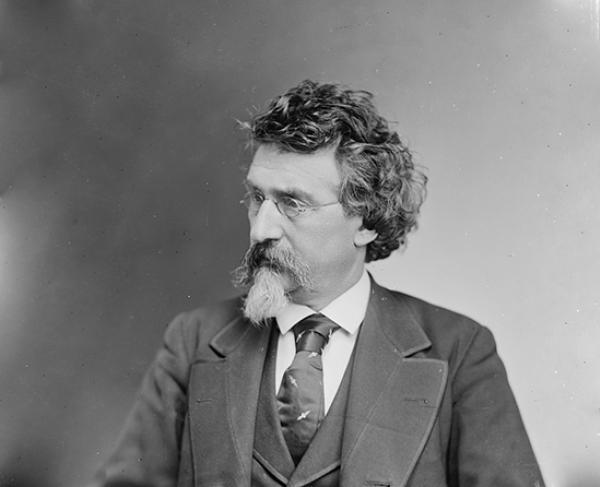“My greatest aim has been to advance the art of photography and to make it what I think I have, a great and truthful medium of history.” – Matthew Brady
Referred to as the father of photojournalism, Mathew Brady was born in 1823, near Lake George, New York, U.S. Well-known in the 19th-century this American photographer was celebrated for his portraits of politicians and his photographs of the American Civil War.
Little is known about his early life, but historians believe that during a trip to the Albany area, in search of a cure for an eye inflammation, he met portrait painter William Page. It is also believed that through William Page, Brady met Samuel F.B. Morse. Morse, a professor of art, painting, and design at New York University and the inventor of the telegraph likely tutored Brady in the newly developed technology of daguerreotypy, the process of creating a mirror image on a silver-surfaced copper plate.
After training with the artist William Page and the artist and inventor Samuel F.B. Morse, Brady began to make daguerreotype cases and frames and then opened his first daguerreotype studio in New York City in 1844, a second in Washington, D.C., four years later, and a third, larger gallery, also in New York, in 1852.
Brady began manufacturing cases for daguerreotypes, jewelry, and painted miniature portraits. He worked to build his skill and his reputation, opening, “The Daguerrean Miniature Gallery” on Broadway in 1844. Well known and accomplished in his profession, Brady won the highest award at the American Institute’s annual fair in 1844, 1845, 1846, 1849, and 1857, during which time he also began photographing well known Americans such as Edgar Allan Poe and James Fennimore Cooper.
His first New York portrait studio was highly publicised, and in 1845 Brady began to carry out his plan to photograph as many famous people of his time as he could—including Daniel Webster, Edgar Allan Poe, and James Fenimore Cooper. Brady compiled many of his portraits in A Gallery of Illustrious Americans (1850), an album of lithographs based on his daguerreotypes that gained him and his studios fame at home and abroad. Brady had an extensive personal collection of presidential portraits: except for William Henry Harrison, who died only a month after his inauguration, Brady created, copied, or collected the photographs of every U.S. president from John Quincy Adams to William McKinley.
Brady opened a studio in Washington DC and began making daguerreotypes of prominent politicians such as Henry Clay, Daniel Webster, John C. Calhoun, Zachary Taylor, and Millard Fillmore. In 1850 he published “The Gallery of Illustrious Americans,” which sold for $15, equivalent to about $400 today. In 1851 Brady won medals at the Fair of All Nations in London and at New York’s Industrial Exhibition at Crystal Palace for his daguerreotypes.

At the outbreak of the American Civil War in 1861, Brady decided to make a complete record of that conflict. He hired a staff of about 20 photographers, the best known of whom were Alexander Gardner and Timothy H. O’Sullivan, and dispatched them throughout the war zones. Since Brady refused to give individual credit to photographers, a number of them, including Gardner and O’Sullivan, left his employ. Brady’s main activities in the endeavour involved organising and supervising the operation of his employees and studios; he himself probably photographed only occasionally on such battlefields as Bull Run, Antietam, and Gettysburg.



The Civil War project ruined Brady financially. He had invested $100,000 in it and had bought supplies on credit, confident that the government would buy his photographs after the war ended. The government, however, showed no interest. The financial panic of 1873 forced him to sell his New York studio and declare bankruptcy. He was unable to pay the storage bill for his negatives, which the War Department finally bought at public auction for $2,840. Through the efforts of his friends in government, Brady was finally granted $25,000 by Congress in 1875, but he never regained financial solvency.
Following the war Brady continued to work in Washington DC with his nephew Levin Handy, who was also a photographer. In 1895 Brady suffered two broken legs as a result of a traffic accident. Having never fully recovered, Brady died on January 15, 1896 in New York.

We had a talk on him a year or so ago.